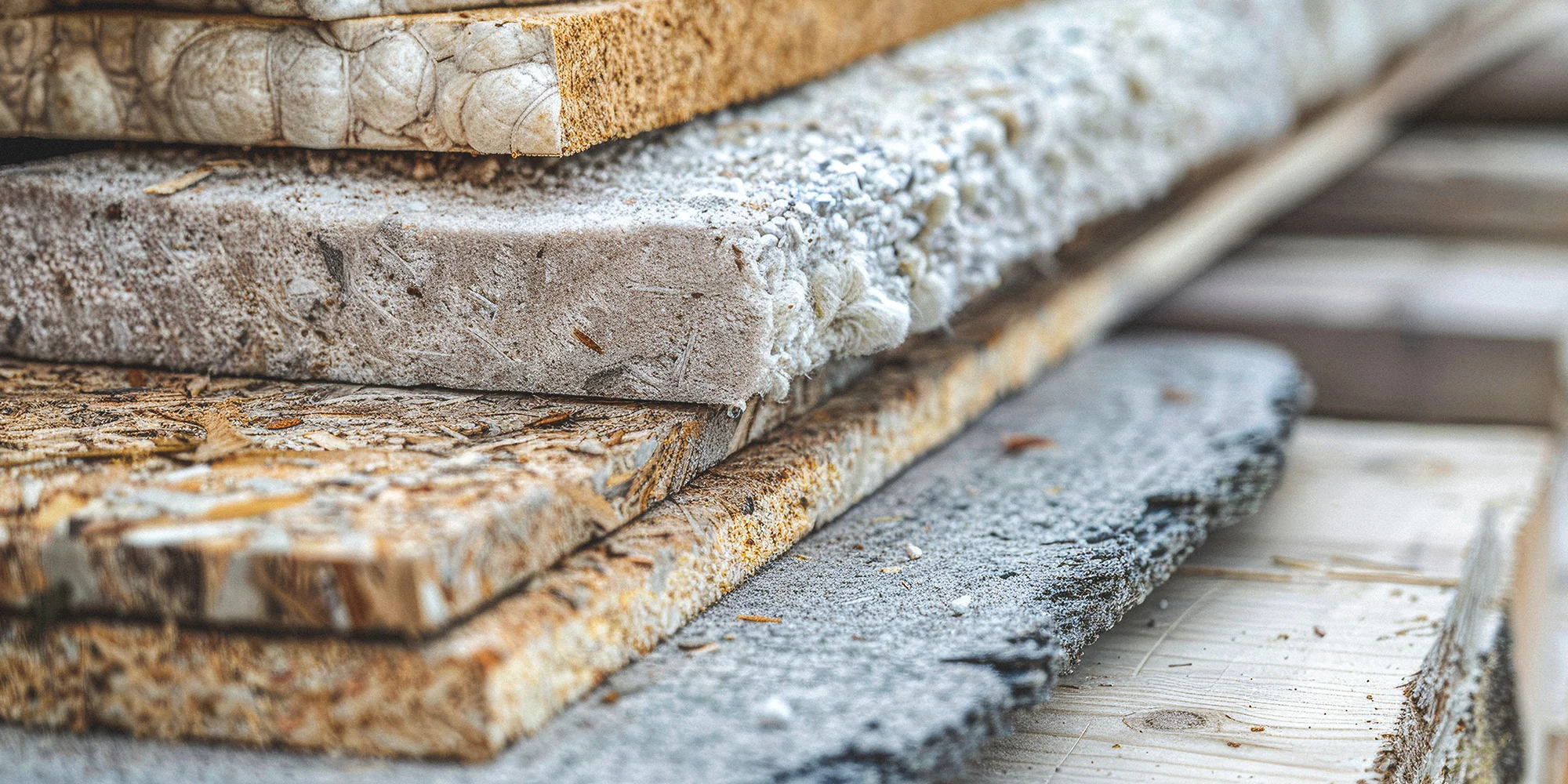The Materials Research Exchange event recently showcased breakthroughs in design and insights into material research and innovations taking place across the UK. Our consultant engineers comment on what they saw at the event.
The annual Materials Research Exchange event (Innovate UK) is a gateway into the world of materials innovation, featuring an exhibition, investor showcase, and cross-cutting seminars on technology transfer from the UK’s world-class research base.
It features a diverse range of materials from nanotechnology to biomaterials, textiles, polymers, metals, glass, and more. These materials are not just theoretical concepts but critical building blocks for real-world applications, including energy, space, construction, packaging, marine, automotive, and low-carbon technologies.
New bio-based materials
One really useful material being developed now is Algreen‘s 100% bio-based and biodegradable polyurethane, a variant which can be recycled and composted. Derived from renewable biomass sources such as algae, corn starch, sugarcane, or cellulose, bioplastics are gaining popularity as an eco-friendly alternative to traditional plastics derived from fossil fuels. These materials are biodegradable or compostable, reducing the burden of plastic waste on the environment. I also had a look at Henniker Plasma who were showcasing their plasma surface treatment, either for general improving of surface finishes or for allowing bonding of materials which are difficult to bond e.g. PTFE.

Recycling vs reusability
Some of the presentations and talks included several which discussed changing the conversation from recycling towards reusing products instead – a more circular approach.
While recycling plays a crucial role in diverting waste from landfills and conserving resources, reusability represents a higher echelon of sustainability by minimizing the need for both recycling and disposal altogether.
Reusability focuses on designing products and packaging with durability and longevity in mind, allowing items to be used multiple times before reaching the end of their lifespan. This approach not only reduces the demand for new materials and energy required for recycling processes but also decreases overall waste generation.
“Material recycling takes a lot of energy to achieve and/or inevitably degrades the material properties over time. This means the number of cycles a material can be recycled is limited.”
Reusability is not only the reuse of the product for it’s original form and function for longer – it also includes repurposing materials without fully breaking them down in a recycling process. There is a lot of room for innovation and creativity in this space, for example, using cut sections of decommissioned wind turbine blades to create stylish public furniture such as bike shelters, bus shelters & footbridges.
By encouraging a shift towards reusable alternatives, industries can significantly mitigate their environmental footprint while fostering a culture of conscious consumption and resource conservation.
Standout presentations included those from:
- Abel & Cole organic shop – they have a returnable milk carton rather than the ‘single’ use variant
- Tech-TakeBack – this company takes ‘waste’ electronics, refurbishes them and distributes them to various good causes
- WRAP (Waste and Resources Action Programme) – they are helping companies be more circular in their approach to products
- Alliance for Sustainable Building Products (ASBP) – promoting the reuse of materials from buildings that have been demolished. For instance, greener concrete made from recycled materials like fly ash, slag, or even carbon dioxide, offers a more sustainable option with reduced environmental impact.
Non-oil based polymers
Jake continues: “I found PlantSea’s offering to be particularly fascinating – they’ve created and continue to develop customisable seaweed-based ‘plastic’ films. They are achieving some interesting material properties I’ve not seen from other seaweed-based films, such as higher levels of stretch in a stable film that can be used for storing liquids in. They can also use the by-product seaweed from the film manufacture to add to paper production. Adding significant percentages of recycled paper to paper production degrades the quality of the paper (due to the shorter fibre length). This is not an issue when adding seaweed by-product pulp due to the unique properties of the seaweed, allowing for a high quality/strength paper products without the need for 100% virgin wood pulp.”
A range of talks on non-oil based polymers included speakers from:
- PlantSea – they use seaweed to create dissolvable and compostable pods, paper & seaweed paper & paper moulds
- MarinaTex – home compostable film for packaging made from red algae
- Futumura – cellulose based films
- 2M – green pigments, bio-based solvents and bio-polymers

Similarly, it was amazing to see what Glass Technology Services can do, from mimicking crystal properties for lasers all the way to soft, woven glass-fibre used for medical reconstruction implants that promote bone growth while the fibres are broken down and absorbed by the body.
As a whole, I was also glad to see materials coming out to combat the raft of plastic clothing being produced across the world, including:
- Treekind by Biophilica who are making a vegan leather made from leaves
- Sequinova – biodegradable cellulose-based sequins that will biodegrade when they fall off your garment, as sequins tend to do
- Selena materials – manmade fibre that is made from spun proteins (not hydrocarbons) that can mimic silk in lustre and softness, but that is also stronger than Kevlar!
Bio-based fibres derived from renewable sources or even agricultural/marine waste are gaining traction as alternatives to materials that are becoming scarcer (or more difficult or expensive to produce) due to constraints on water, energy and labour costs – for instance, conventional cotton and synthetic fibres. Bio-based materials often require fewer pesticides and water, and need less energy to produce.

As consumer awareness grows and regulatory pressures increase, the demand for sustainable materials will continue to rise. Businesses that embrace these trends not only contribute to a healthier planet but will also position themselves for long-term commercial success.

